Macrolophus pygmaeus
- 500 individuals
-
Used to control:
✅ Greenhouse whitefly (Trialeurodes vaporariorum);
✅ Tobacco whitefly (Bemisia tabaci);
✅ Mulberry absolutes (Tuta absoluta);
✅ Spider mites (Tetranychidae);
✅ Aphids (Aphidoidea);
✅ Western flower thrips (Franklinella occidentalis);
✅ Tobacco thrips (Thrips tabaci);
✅ Scoops (Helicoverpa spp.)
Culture:
✅ Tomato, eggplant, sweet pepper, decorative flower crops.
Package:
✅ Plastic bottle 200 ml. – 500 individuals.
Appearance
Macrolophus pygmaeus are small insects (2-11 mm) with an elongated body. On the head are a pair of compound eyes. The body is colored greenish. Many species have lateral black stripes behind the eyes on the head. 1st antennal segment also black.
Effect of the temperature on development
| Temperature | 10 °С | 15 °С | 20 °С | 25 °С | 30 °С | Culture | Extraction |
|---|---|---|---|---|---|---|---|
| Development time (days) | |||||||
| Egg | 36,9 | 18,3 | 11,4 | 10,6 | Tomato | Whiteflies | |
| Nymph | 57,8 | 29,4 | 18,9 | 18,7 | Tomato | ||
| Total | 257 | 94,7 | 47,7 | 30,3 | 29,3 | ||
The predator is effective on tomatoes, peppers, eggplants. After receiving the biomaterial, release the insect in the evening, when the transoms of the greenhouse are closed, according to the instructions below. Each container should be opened immediately before use on the crop itself, where the application will be made. Before the predator is evicted, entokorm must be introduced. Leftover food should be stored in the freezer.
Gently lift a part of the wood shavings at the outlet of the tube, scroll it and lightly tap the entomophage in place of the spilled feed, passing through the rows of the crop. The application can be carried out directly on the cube, next to the stems of the tomato or on the leaf apparatus of the plant. Repeat these steps with each subsequent container, evenly spreading the macrolofus over the biorows.
Feed should be poured in a small amount of 1-2 g per plant at the places where Macrolofus is applied. It is better to scatter on the upper tiers of leaves so that Macrolofus lays eggs near a food source (pest outbreak or top dressing). Feeding should be carried out every week twice in order to consolidate the population of Macrolophus and accelerate the timing of its development. Leave the container and wood shavings on the crop for a few hours to allow the remaining insects to enter the plants.
Recommendations on applying
| Type of culture | Prevention | Application rate based on the complexity of the object and the region for pests | ||
|---|---|---|---|---|
| small | average | high | ||
| light culture | 3 | |||
| Without light culture | 2 | |||
| Number of deposits | At the beginning of cultural turnover | |||
Package Macrolophus pygmaeus:
- 200 ml plastic bottle. – 500 individuals
Storage Macrolophus pygmaeus:
- Short-term storage: the accumulated biomaterial (adults and nymphs of the predatory bug) after receiving can be stored for no more than one day in a refrigerator at a temperature of 12-15 °C.
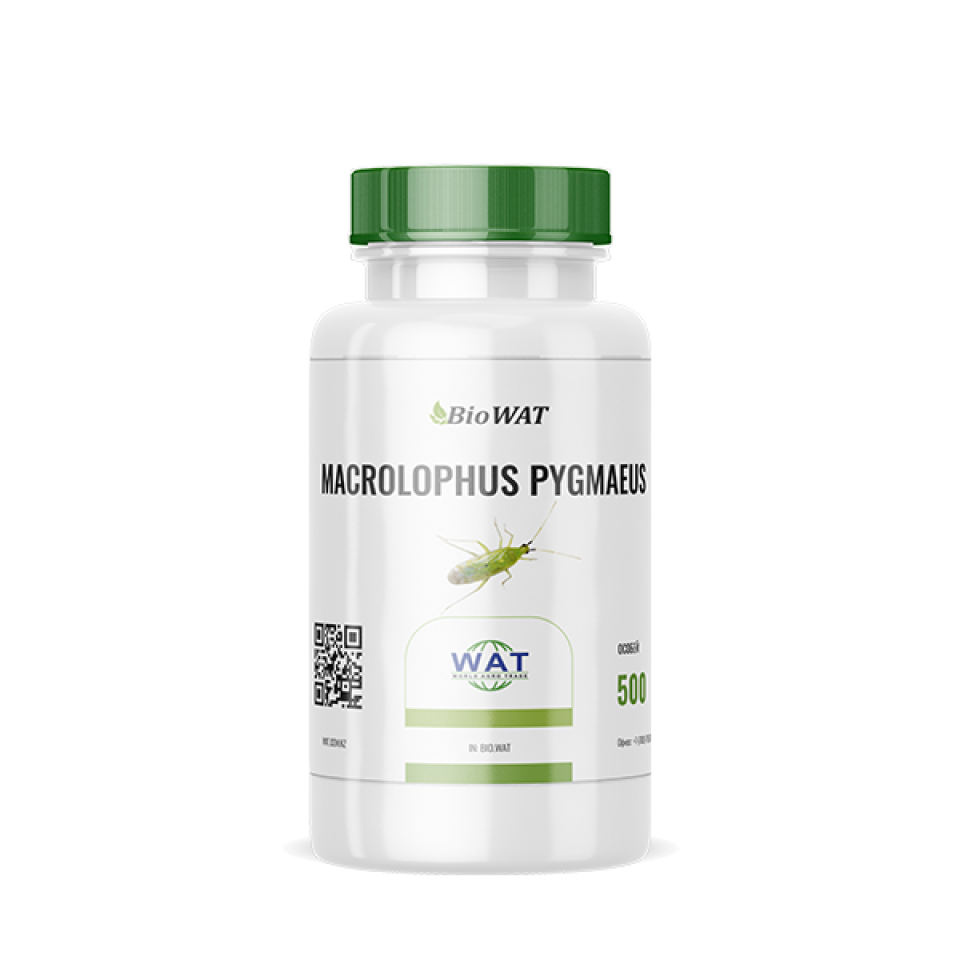
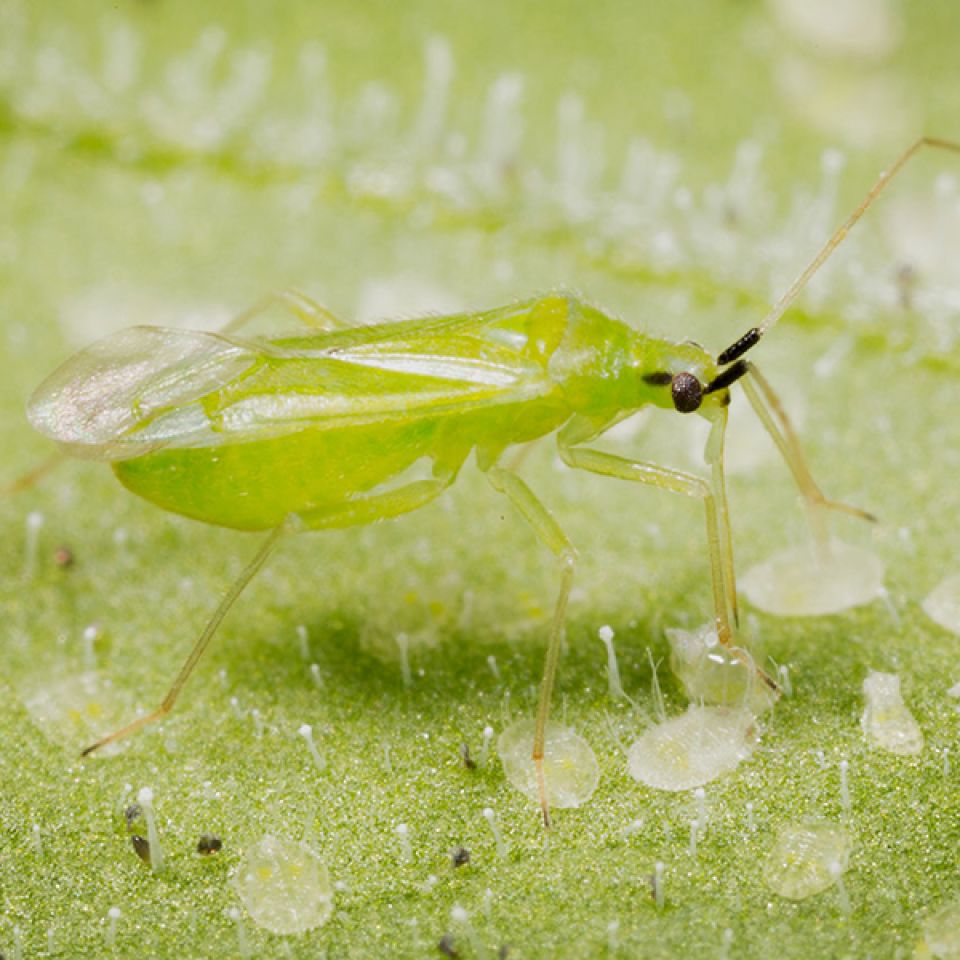
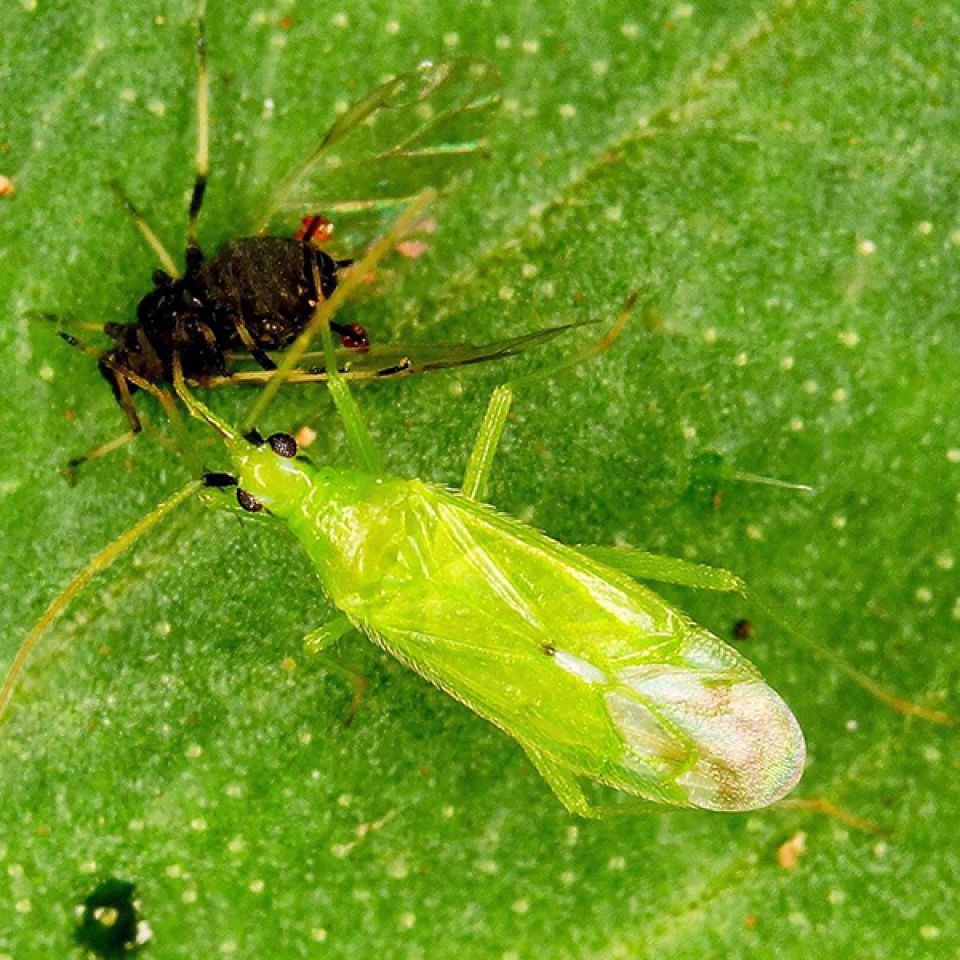
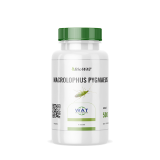
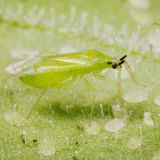
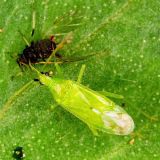
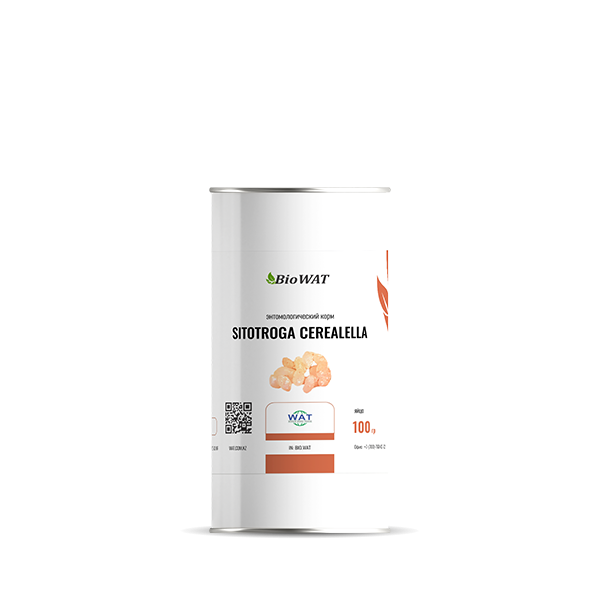
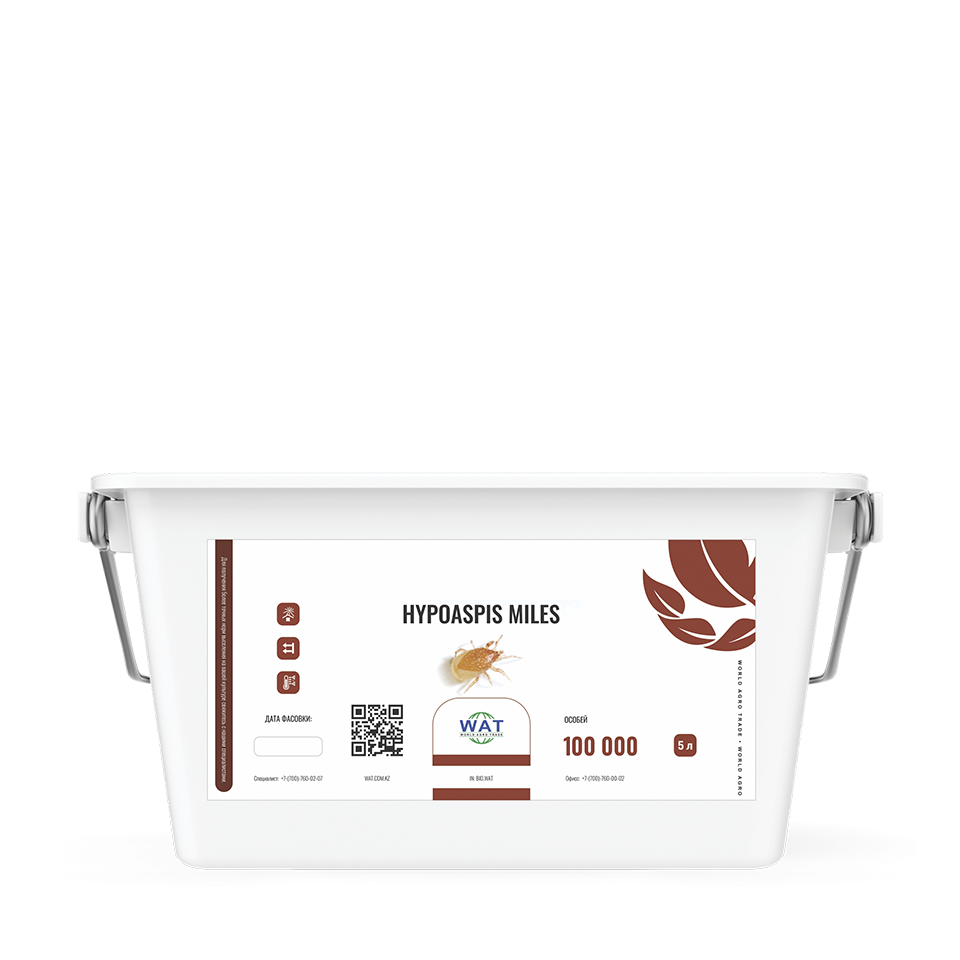
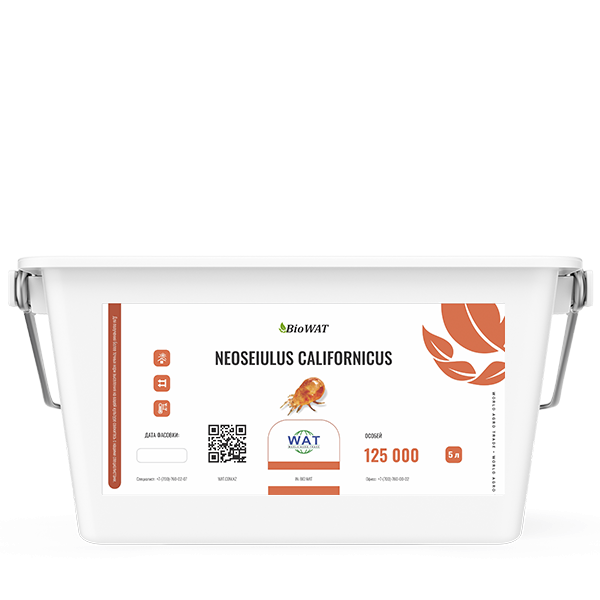
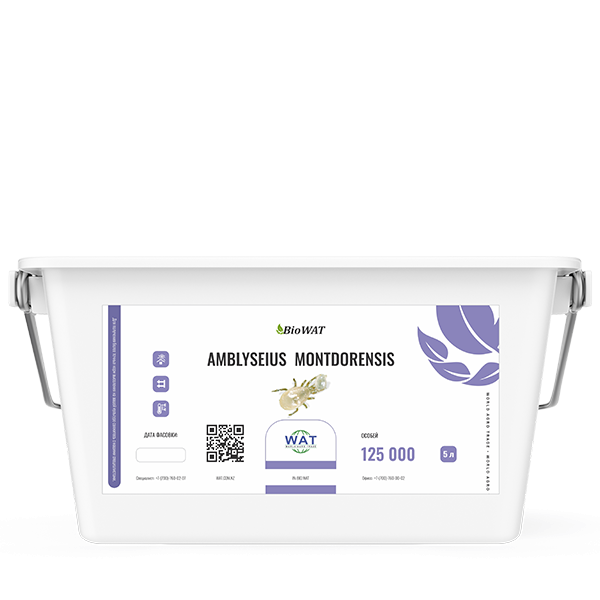
 WhatsApp
WhatsApp